![What is a Punch List and How to Create One? [Free Templates]](http://royalcdkeys.com/cdn/shop/articles/image3-1692301247745_aee11100-88cf-4f37-9c17-b72fdd6df2c2.png?v=1719509263&width=1100)
What is a Punch List and How to Create One? [Free Templates]
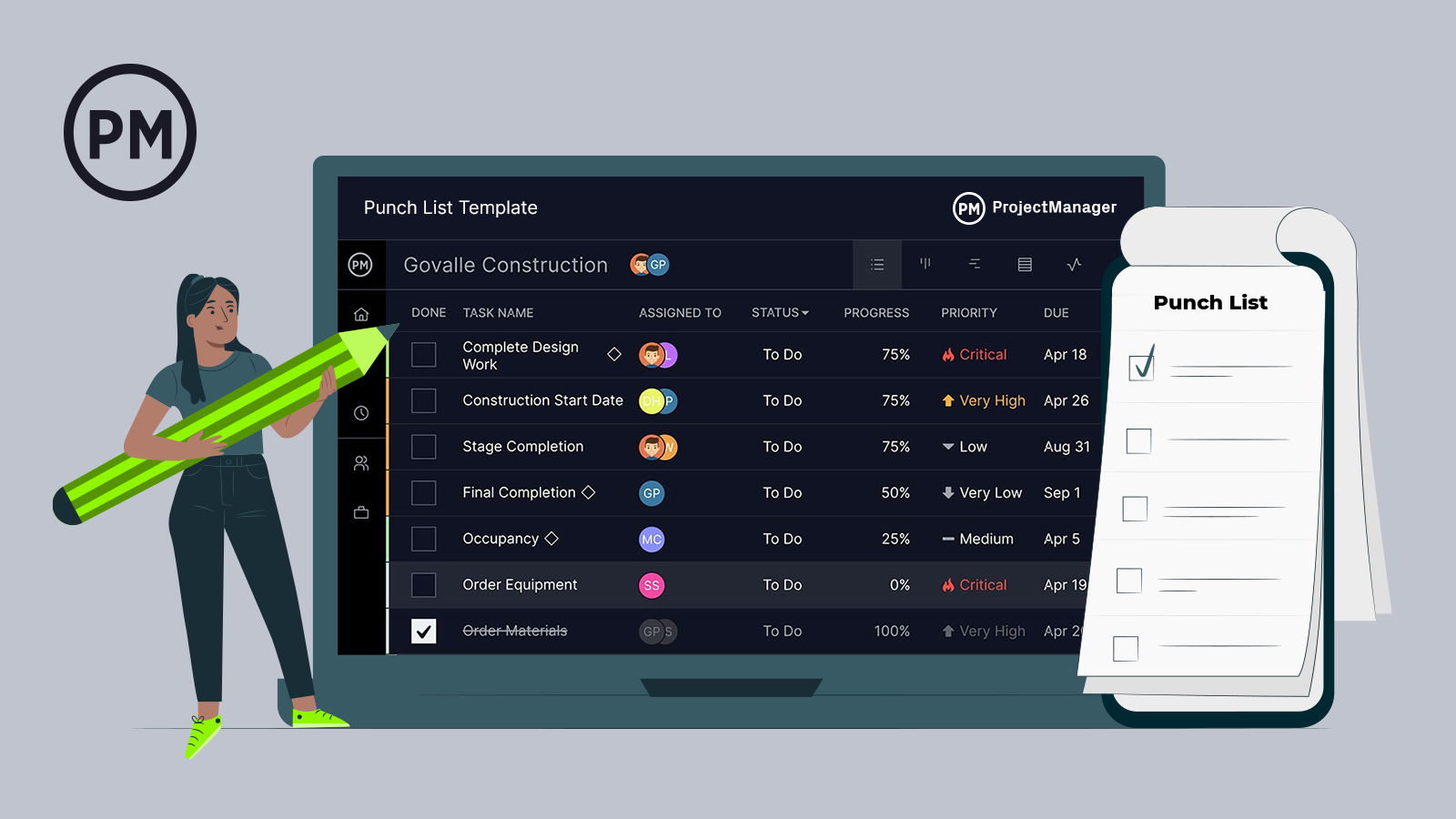
Before delivering the final product of a construction project, it is common for the project owner to run through incomplete or incorrect installations or any other detail different from the contract specifications. These items must be listed and worked on to deliver the results stipulated by the client.
For this, the project manager or assigned employee uses a document called the construction punch list. It is a valuable document that can become a game changer in the final stages of the project.
In this article, we will show you how to create the perfect construction punch list template for your company. Follow all the steps to end up with a document that helps the construction management after the project's substantial completion and ensures the final delivery before the due date.
What is a Punch List and How to Create One? [Free Templates]
What Are Construction Punch Lists
Punch lists are documents used by the general contractor and other important parties to list all the tasks that need to be done and reviewed before the final payment. The punch list items usually regard delivery parts that are not according to the original project specifications or need to be changed for any reason.
They are used mainly by the construction industry in large projects that demand numerous reviews and tests before delivering the final product. It is a document that can be accessed by the entire team on the construction site to follow as the project progresses and see how much is left until it gets considered complete.
Why Punch List Management Is Important
There are numerous reasons managers make these requirements in the punch list format. The first one is to keep the whole team on the same page of what to do next and the steps left to the completion.
Another vital function of the snag list is to prevent the team from making mistakes or forgetting any important item from the construction process. It is a communication tool typically created for more extensive projects because they tend to have more steps in the pre-final phase.
On the other hand, smaller works tend to generate a zero punch list, dismissing the need for a template. The project must follow the steps and items defined in the contract to avoid problems with construction coverage, for example.
Who Is Responsible for the Punch Lists
As mentioned before, the punch list can be accessed by every construction team member, but the punch list structure edition should be limited to specific parties.
The members who can edit the document are:
Project Owner
The owner’s main job is periodically inspecting the construction site and assigning everything that must be done or corrected. The first items, or the rolling punch list, are usually created by the project owner and then landed to the general contractor.
The owner is responsible for assigning the main details that are not followed according to the original plan. They visually inspect the steps and requirements for a better understanding of how much work needs to be done.
General Contractors
The next addition to the punch list walkthrough will be done by the general contractor of the project. The general contractor’s role is to take a more detailed look into the items pointed out by the owner.
The contractors usually make a new version of the list. This list will feature the more detailed aspects that need to be worked on and will be addressed to the subcontractors responsible.
Subcontractors
The primary mission of the subcontractor is to receive the list and address each item to the person responsible for fulfilling the requested tasks. After that, they will also review and ensure if every item is completed correctly.
The subcontractor must also be ready to explain any doubt the construction members might have, like why the delivered item was not considered done according to the specifications. It is the last role before the items get worked on.
Crucial Items for a Good Punch List
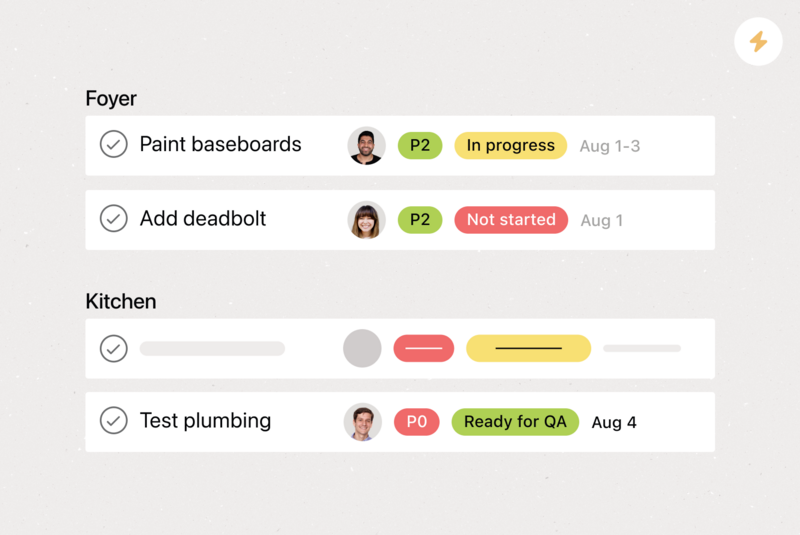
Now that you know what a punch list is and why it is important for construction project management, it is time to see which categories are indispensable when creating efficient documents. Check all the following items to ensure the best results out of your punch lists and avoid any problems during the final stages of the project.
Here are the main items to include in the document:
Project Identification
The first item you need to add to your template is a title for identifying the project. Larger companies tend to deal with multiple construction jobs simultaneously, and having proper identification ensures that there won’t be any mistakes like editing the wrong document.
The title can be something as simple as the name of the building owner or the street where it’s located. The easier your title is to identify, the better for the work optimization.
Project Owner
You should identify the person responsible for the project next to the title. This information becomes handy when any team member has doubts or questions about specific tasks.
By having the owner identified, they will instantly know who to ask the questions. This name should also be easily identified in the document and is often highlighted when building a construction punch list template.
Date of Creation
Another simple data we highly recommend including in the template is the date the document was created. Its primary purpose is to serve as a reference for future analysis, but it can also be used to evaluate how long the team took to complete the required items.
Moreover, it can also be used to analyze the time frame the team had to work between the document's creation and the project's due date. This date, along with the other information above, is usually featured at the top of the page.
Items List
Next is the core of your punch list management. Here you will list all the items that need to be reviewed, redone, or removed from the construction project. It is important that these items are not listed randomly and follow a specific order decided by the punch list management team.
Some examples are listing the items by type of action that needs to be taken or the priority of these items. You can find four main types of items that can be seen in punch lists.
Here is what each one is, along with some examples:
Items to Fix
As the name suggests, these items regard parts of the project that are not working properly or were not built according to the project’s specifications. It is one of the most common types of items in the punch list and might appear during the entire process.
Some of the most common items to fix in a construction project are:
Damaged Materials
Leaks
Broken Equipment
Cracks
Items to Remove
In a construction project, you’ll often see items that need to be removed, whether because of a project’s owner's decision or because it is not working properly. This kind of situation is also assigned to the punch list form.
They can be materials, equipment, or any kind of asset that will not be delivered in the final product. Some of the most common examples are:
Tools
Protective covers
Trash
Staff equipment
Items to Add
The items that need yet to be included are also listed in the punch list. These items could have been ignored and not included purposely or not.
They must be completed according to the requirements created by the construction owner. Here are some examples:
PTestaint
Equipment
Wiring
Coating
Items to Test
The last category regards items that must be tested before the due date. It is essential to notice that depending on the results of the test, the items featured in this category may migrate to another one, like items to fix, for example.
Some common items to test are:
Windows
Appliances
Equipment
Electric Systems
Date Completed
Next to each item, you should create a field to fill in the date when the team completed each of the items. This information is important for both the construction team and project owners and can serve as a guide to see how much time was destined for each step.
It is vital to fill in this information as soon as the task is completed. This way, you’ll have a much more precise evaluation when analyzing the document.
Team Responsible
The last item on your punch list is the team responsible for each task. It is imperative to do this to ensure a more optimized production process.
Particularly assigning tasks ensures that everything will be completed on time. This information should also be featured next to the item name for clearer communication.
Where to Create a Punch List Document
When it comes to creating your punch list spreadsheet, there are many possibilities. From known programs to specialized project management software, there are numerous options featuring different tools and applications.
Among all the options available, we highly recommend using Microsoft Excel for this task. It not only has the best tools set but is also an industry standard, dismissing the need for extra software.
If you don’t have a Microsoft Office activation key, you can find one at RoyalCDKeys. The website offers the best prices for you when looking for a key, whether for software or video games. This way, you have access to all the tools you need and still save money.
Ready to Use Templates
If you don’t want to create your punch list from scratch, there’s no problem. Here are some free templates you can download and use in your construction planning:
Template #1
Simple punch list spreadsheet template. Document featuring a simple layout with customizable categories to fit any type of project.
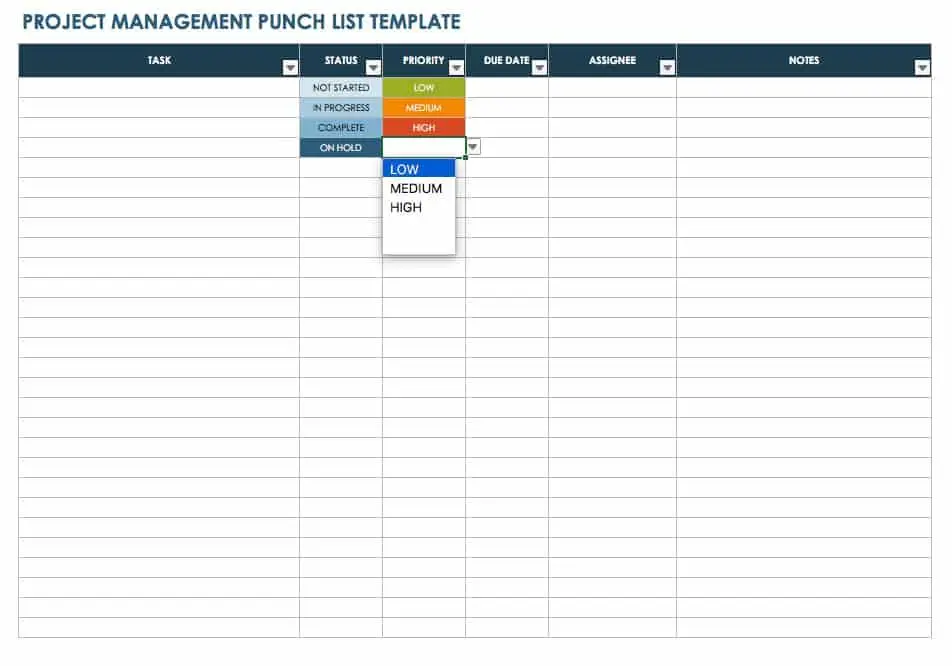
Template #2
Home punch list template. Document focused on house-building projects.
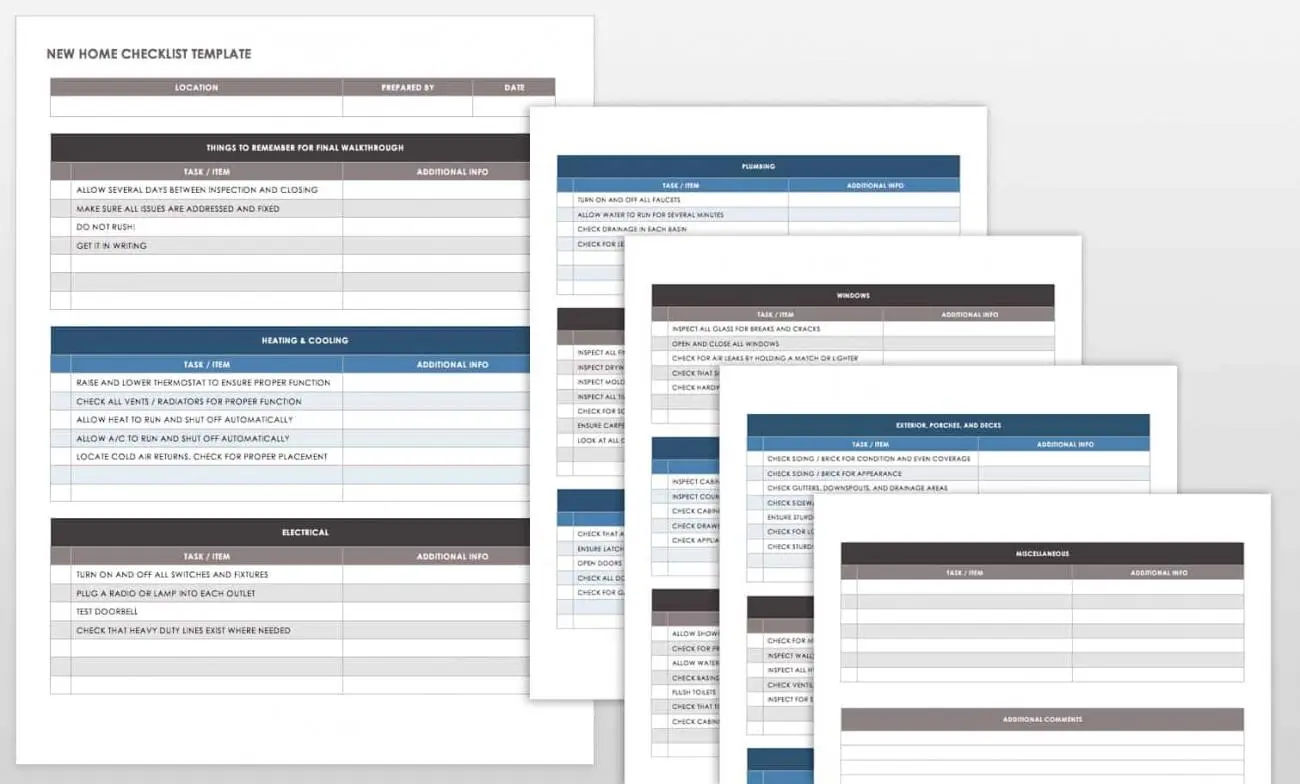
Template #3
Complete the punch list document. A template that features all the main categories for building your strategic plan.
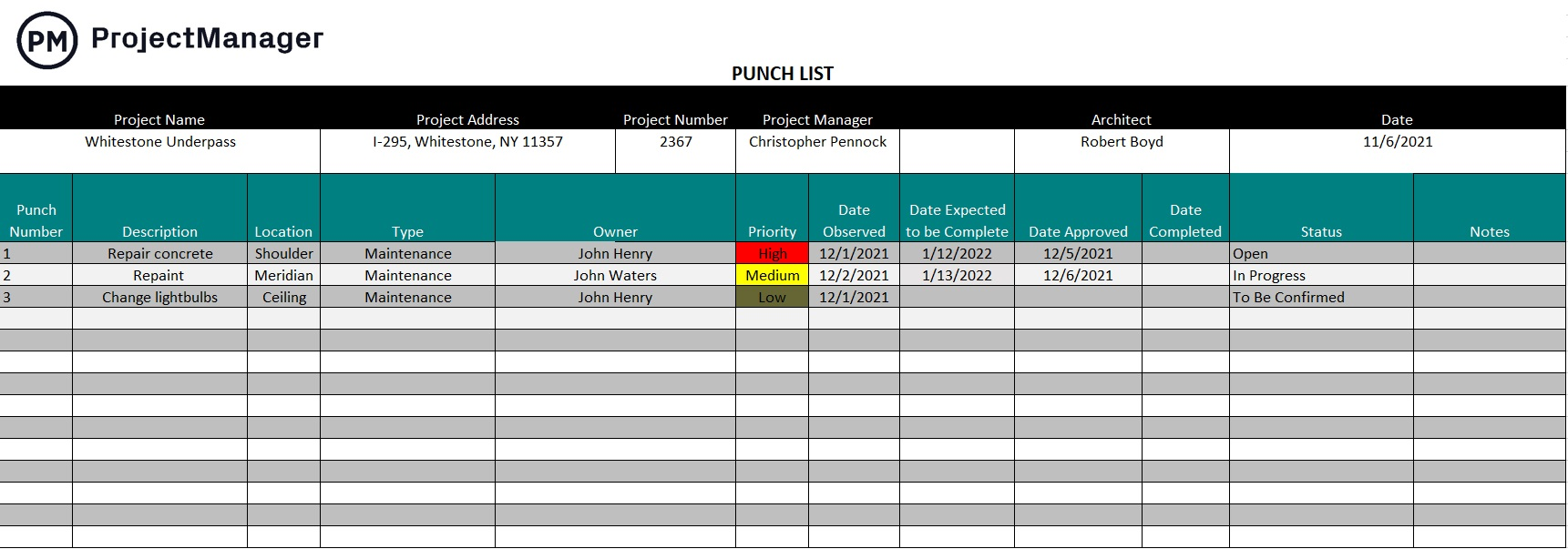
Time to Start Building Your Punch Lists
Managing a construction project can be tough, especially when dealing with longer and more complex processes. To help with this, the punch list can be a valuable document.
Now that you know everything you need, it is time to start creating your punch list. Follow each step carefully, and you’ll have the perfect document for your project management.












